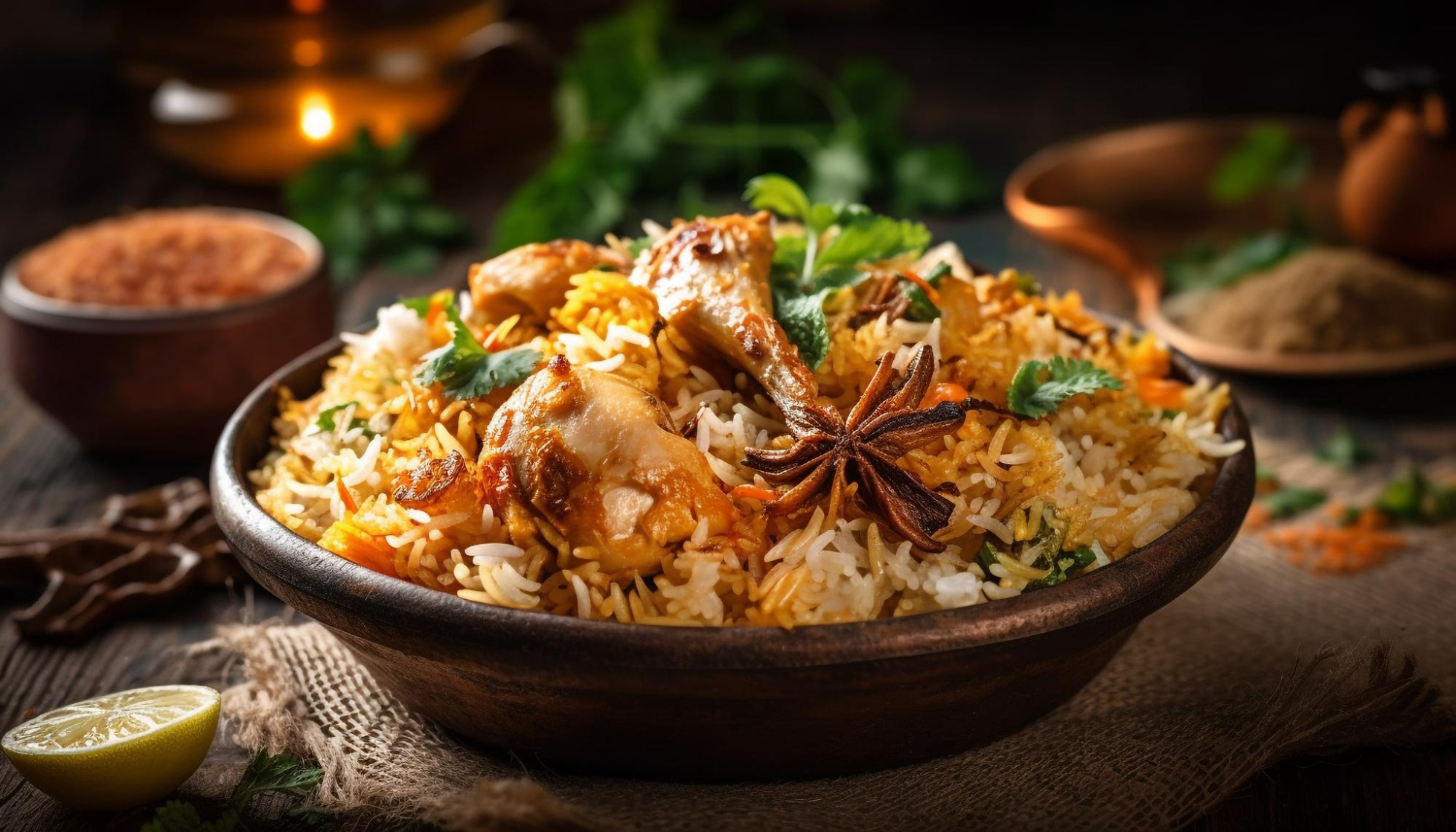Afghanistan’s markets run on memory as much as money. Vendors knead dough with quick wrists, measure heat by instinct, and follow familiar faces drifting through diesel scented alleys. Spices sting, coal smoke curls, and prices stay small. What rises from the pans is survival cuisine, honed over generations and shared fast, hot, and proud. This walk threads Kabul’s stalls and carts, where humble ingredients and field tested technique turn street corners into meals, and meals into proof that hospitality endures.
Bolani, The Stuffed Street Flatbread
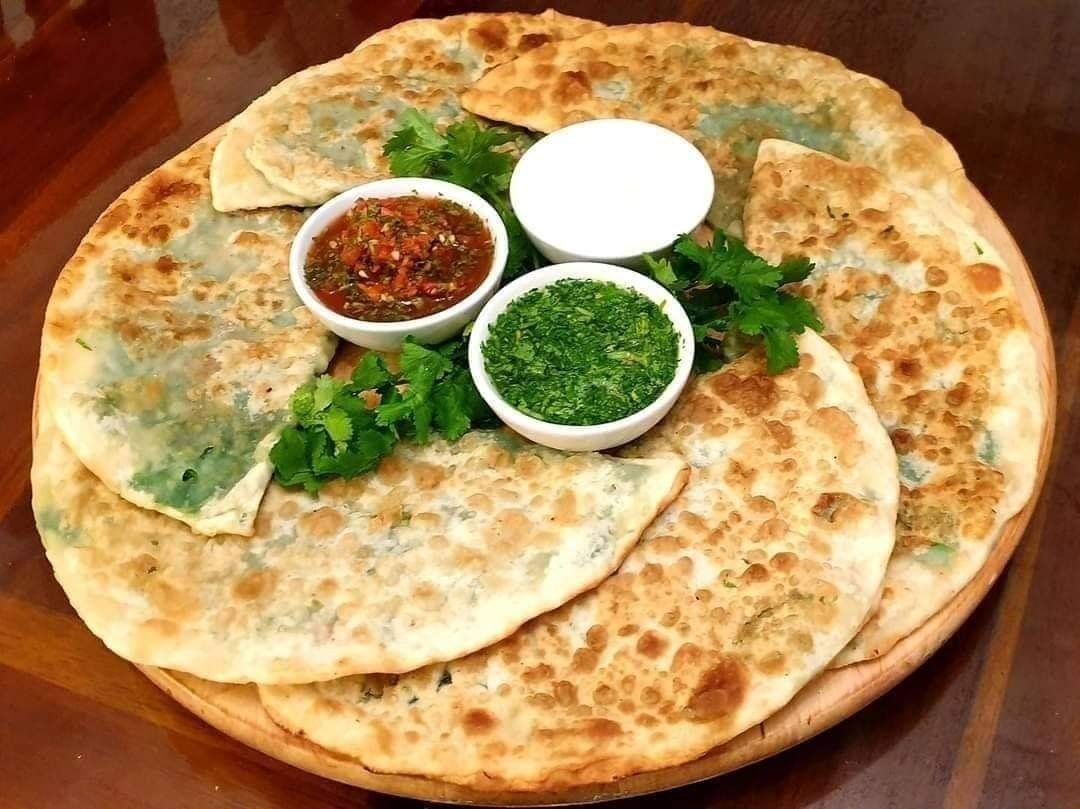
In Mandawi Market, bulani works like edible currency. A thin dough disc, stretched to steering wheel size, hides mashed potato punched up with cumin, turmeric, and red chili. Each parcel hits smoking oil, then softens in a warm stack while the edges keep a faint crackle. A cilantro green chutney fires through with garlic and heat, turning the mellow filling into something bright and unruly. Cheap, quick, and filling, it keeps porters and tailors moving between shifts.
Kabuli Pulao Carrot Raisin Glory
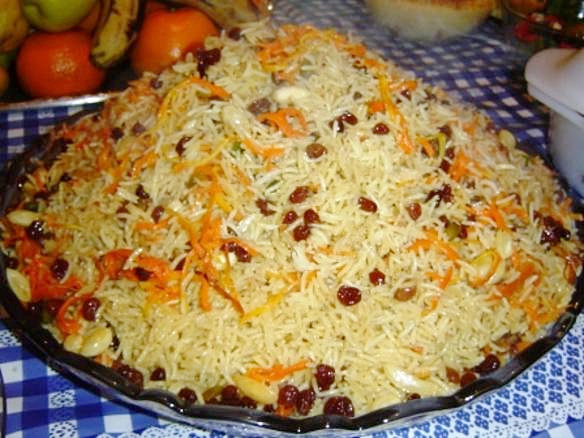
Late in the day, pride gathers in a vast degh. Beef by the heap, broth scented with sesame oil, long rice steaming under a quilt of carrots and raisins. The cook rebuilds the pot in careful layers, then unveils grains that fall like silk and meat that yields at a touch. Sweet nudges savor. Fat carries perfume. Salt brings it home. Hands tear bread, pickles cut through, conversation slows, and portions arrive heroic without bruising the wallet. Pride shows in each careful spoonful.
Aushak
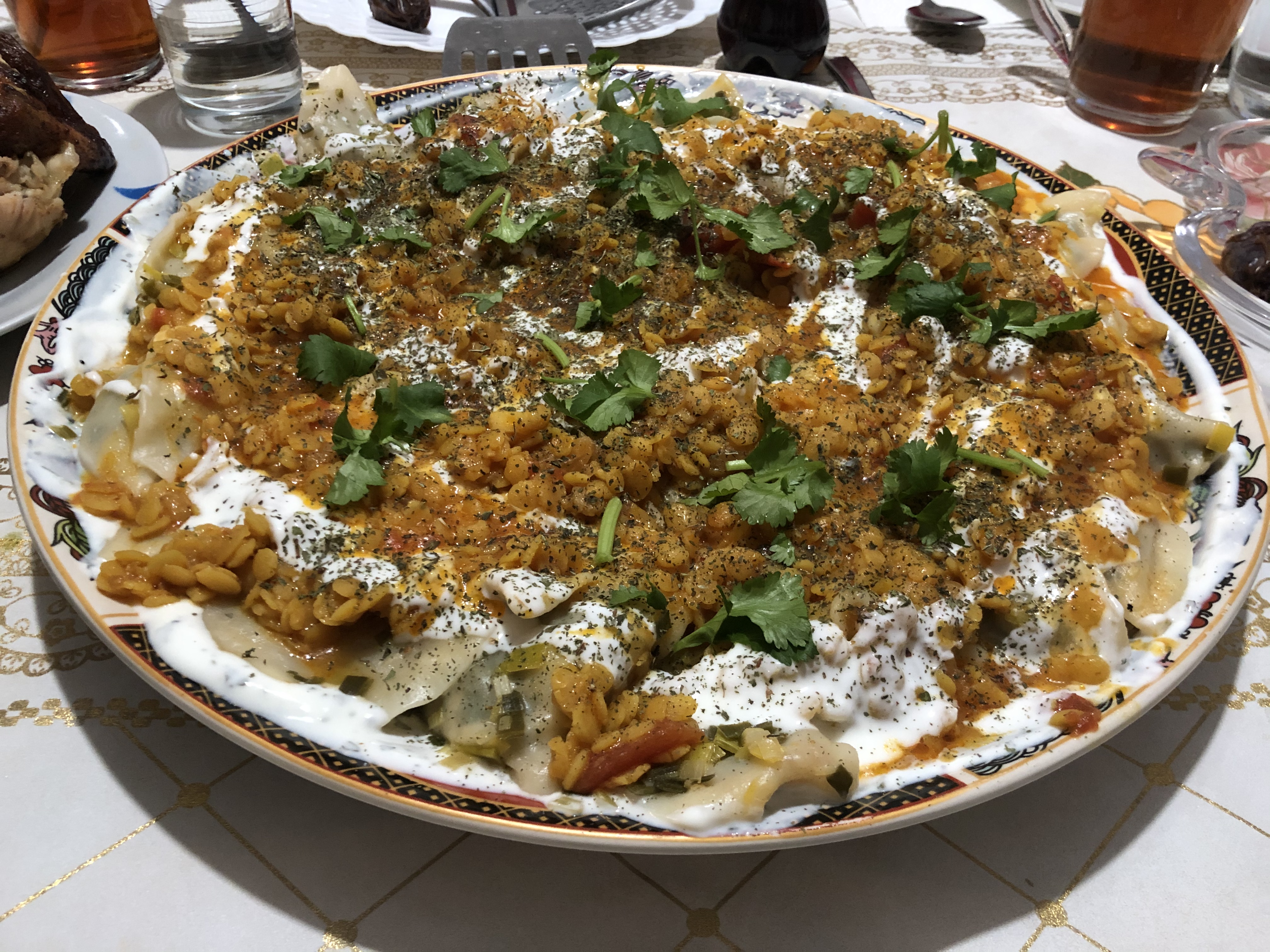
These dumplings carry chives instead of meat, a quiet filling that lets the toppings speak. A warm tomato base brings body, a cool spoon of yogurt adds tang, and dried mint sets the tone without shouting. Wrappers stay thin but steady, built to hold sauce rather than drown in it. Aushak often shows up on holidays because folding takes time and care. The plate lands light yet satisfying, herbal at the center, and balanced in a way that lingers past the last bite.
Mantu
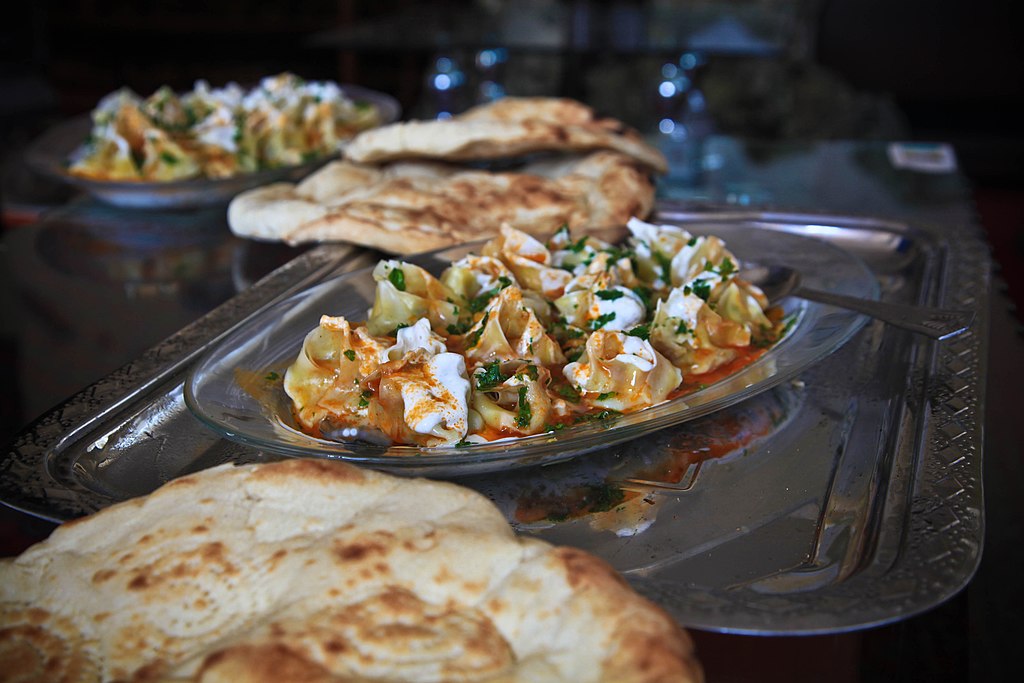
Mantu bring structure and generosity in the same bowl. Minced meat or onion filling keeps the center modest, while the finish does the talking. Tomato gives warmth, yogurt cools and sharpens, and a dust of dried mint ties it together. The wrappers are delicate but resilient, catching sauce across their folds. A full tray feeds fast without feeling heavy, which is why mantu work at home, at weddings, and on busy streets where patience is short but expectations are high.
Chapli Kebab
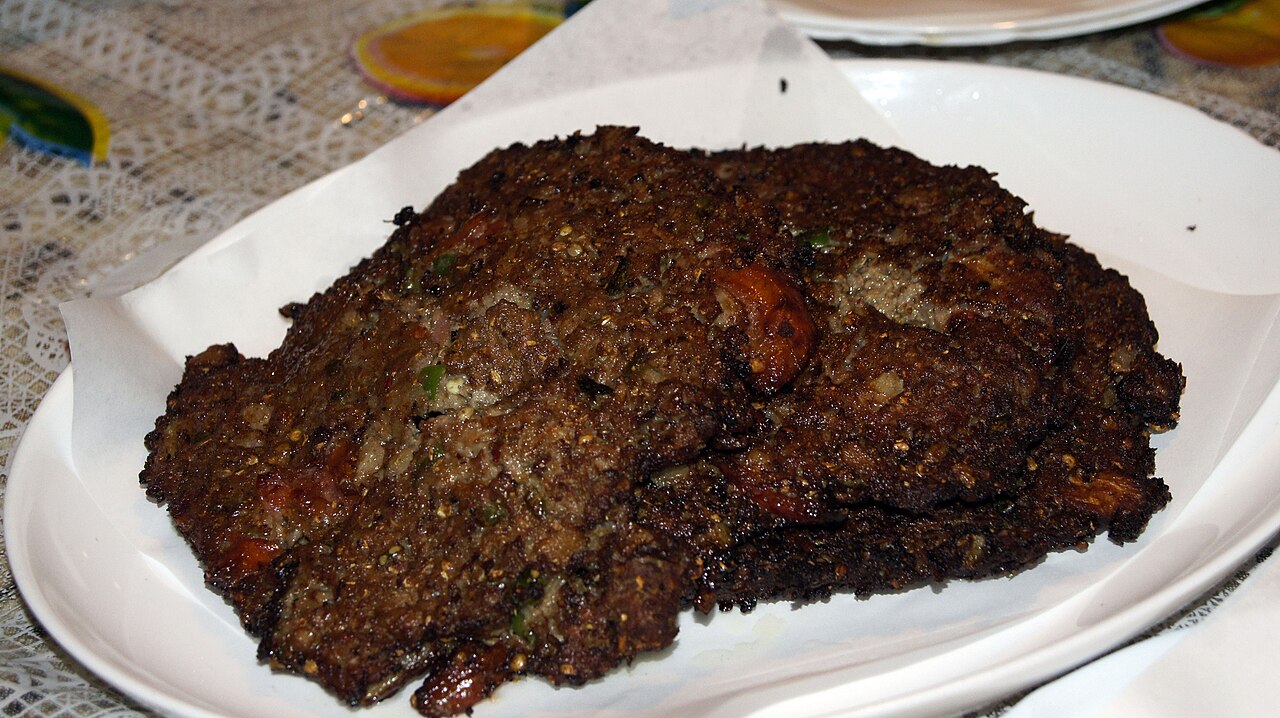
A wide patty of spiced minced meat hits the griddle with a hiss, coriander and chili waking as fat rushes to the edges. Pomegranate seeds often hide in the mix for small bursts of tart. The crust goes crackly while the center stays juicy. Fold it into naan or slide it beside rice and a raw onion salad. Chapli kebab thrives on direct heat and fast hands, the kind of street craft that looks simple until you try to match the timing.
Jalebi
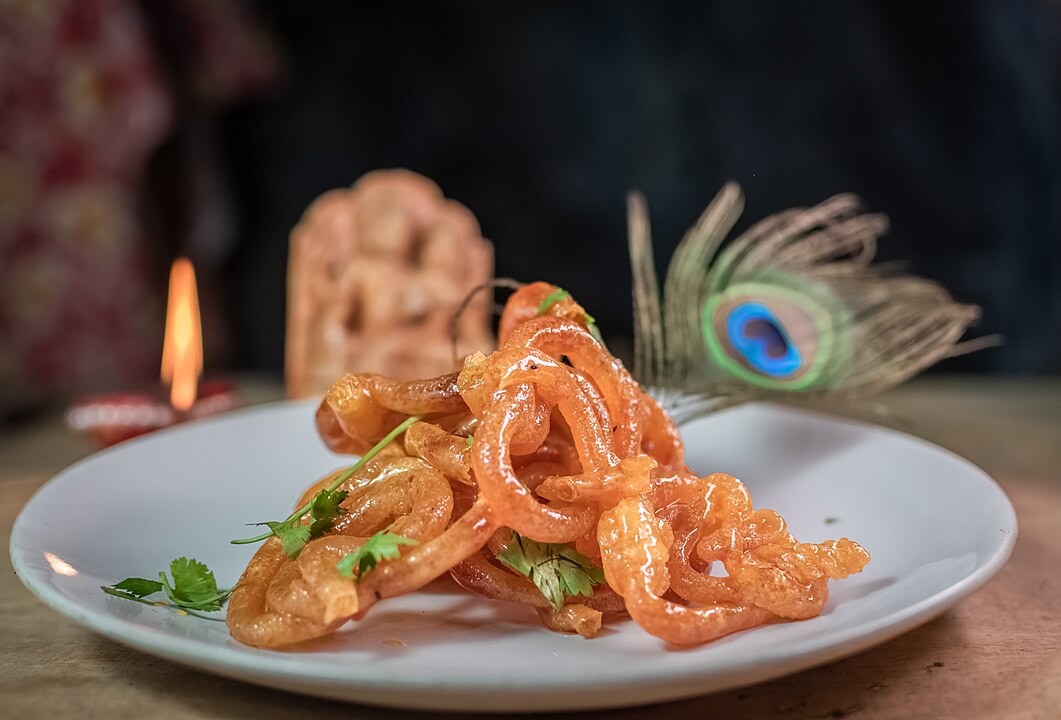
A thin batter spirals into oil, sets in seconds, then bathes in warm syrup until glassy. The Afghan version tends to stay golden rather than neon, crisp at the rim with a quick snap that gives way to sugar. It works after meals or in the middle of a market stroll when something bright and clean feels right. Jalebi is not a showpiece. It is a small, precise pleasure that sticks to fingers, vanishes fast, and sends a little light through the afternoon.
Phirni
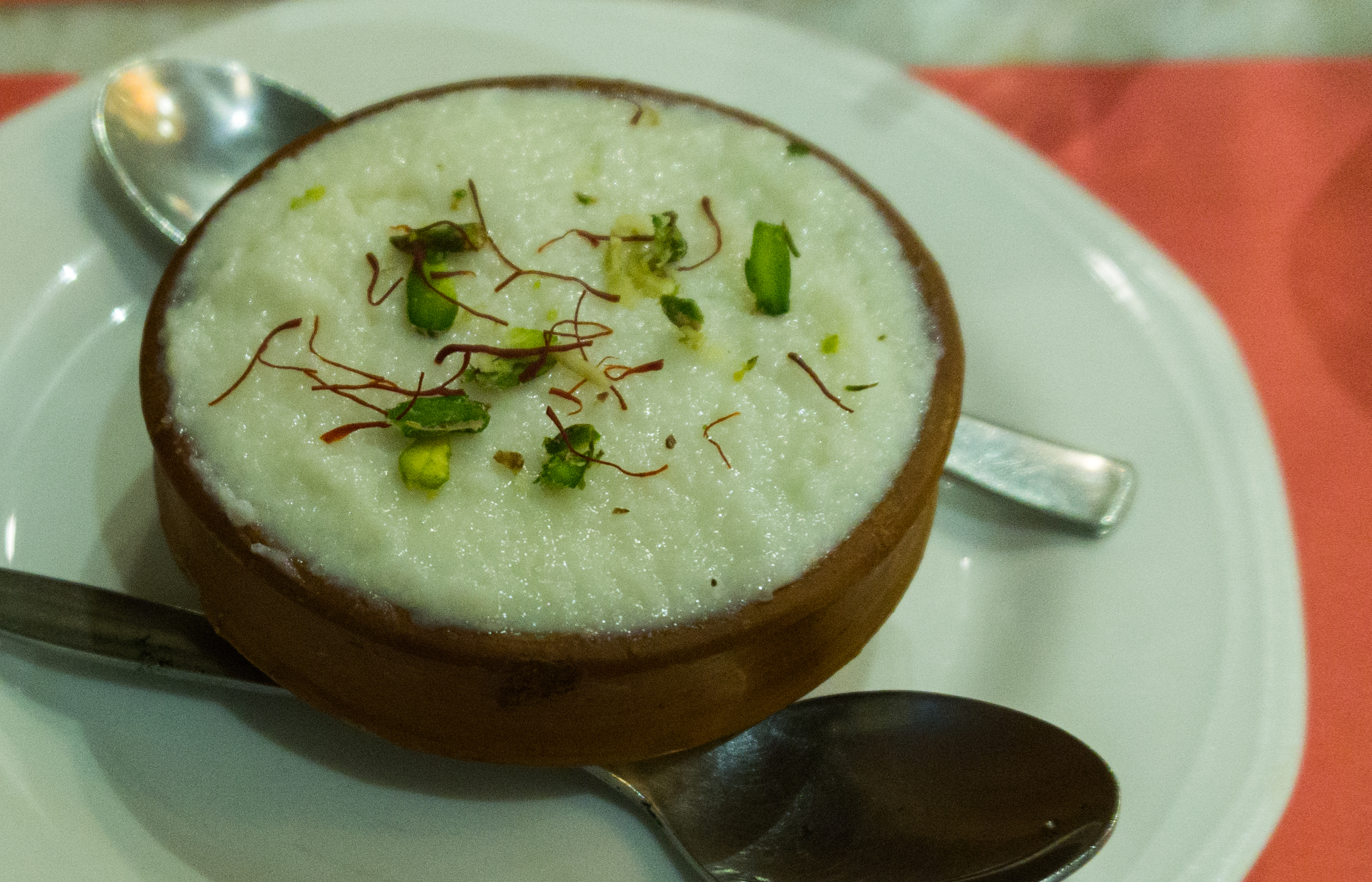
Milk thickened with ground rice finds a quiet hush under cardamom, sometimes with rose water or saffron riding the edge. Pistachios or almonds scatter over the surface and the bowl chills until the spoon leaves tidy tracks. Firni finishes a meal without shouting. It is smooth rather than rich, perfumed rather than sweet, and it makes space for conversation to return after a parade of spice and smoke. Served shallow and cold, it delivers calm with each measured spoonful.
Borani Kadoo
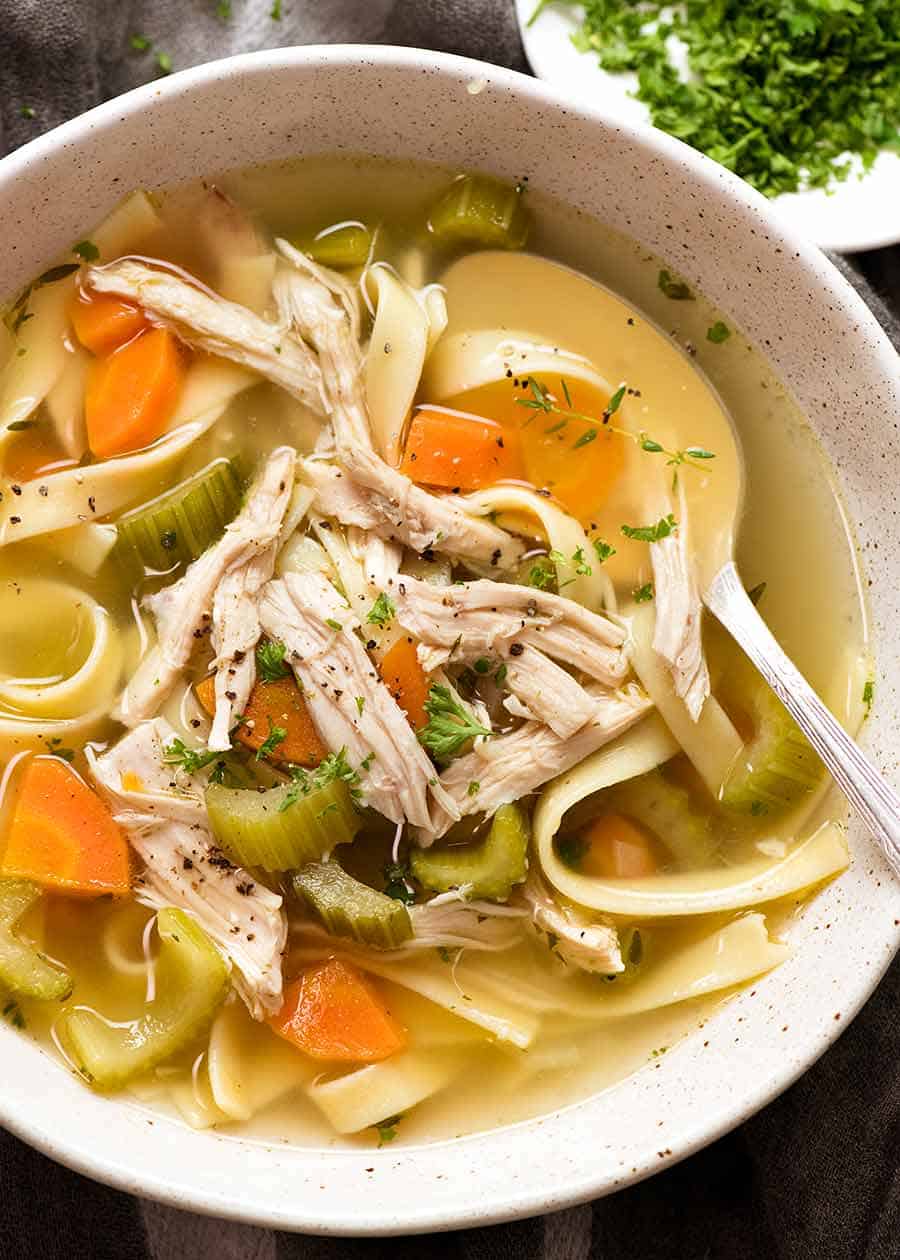
Pumpkin softens in oil and garlic until it slumps, then meets a cool blanket of yogurt sharpened with dried mint. The contrast sells it. Warm and sweet edged squash under a tangy top that keeps the spoon returning. Bread does the lifting, tearing into pieces that ferry both layers at once. As a side it steadies heavier plates, and as a light lunch it needs only tea. Few dishes explain Afghan balance better than these two simple parts kept in line.
